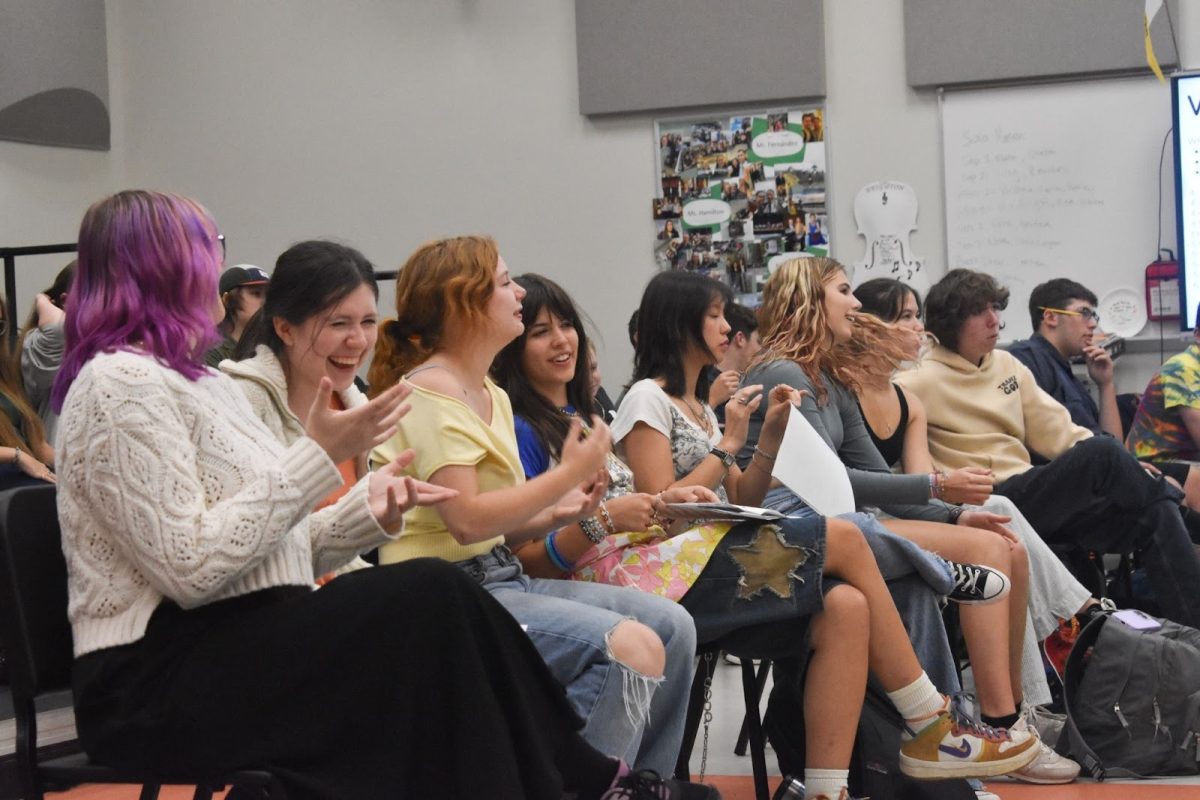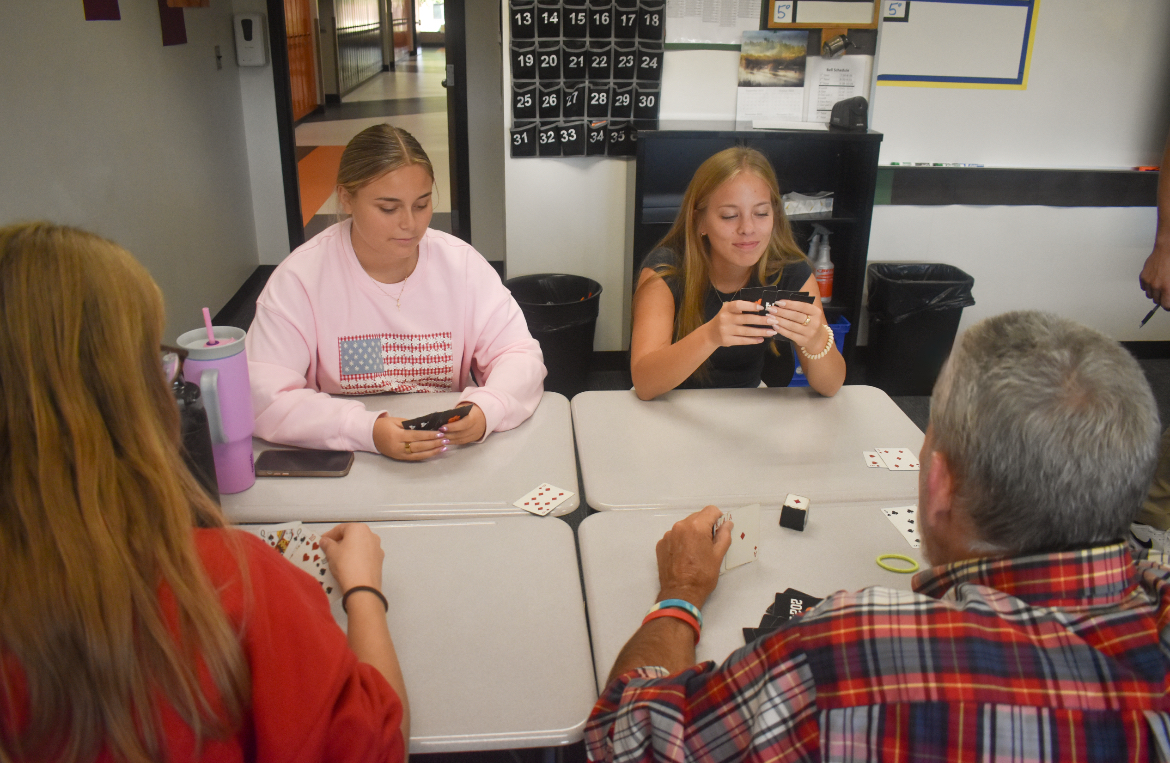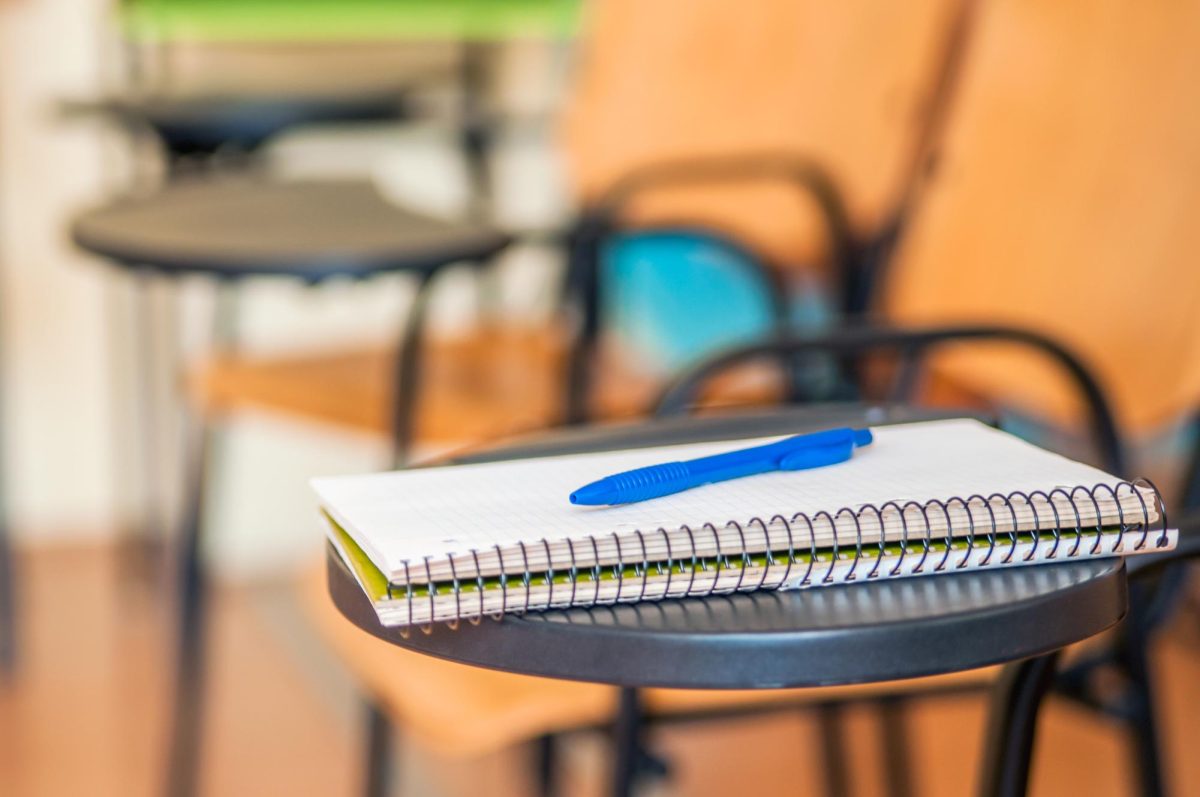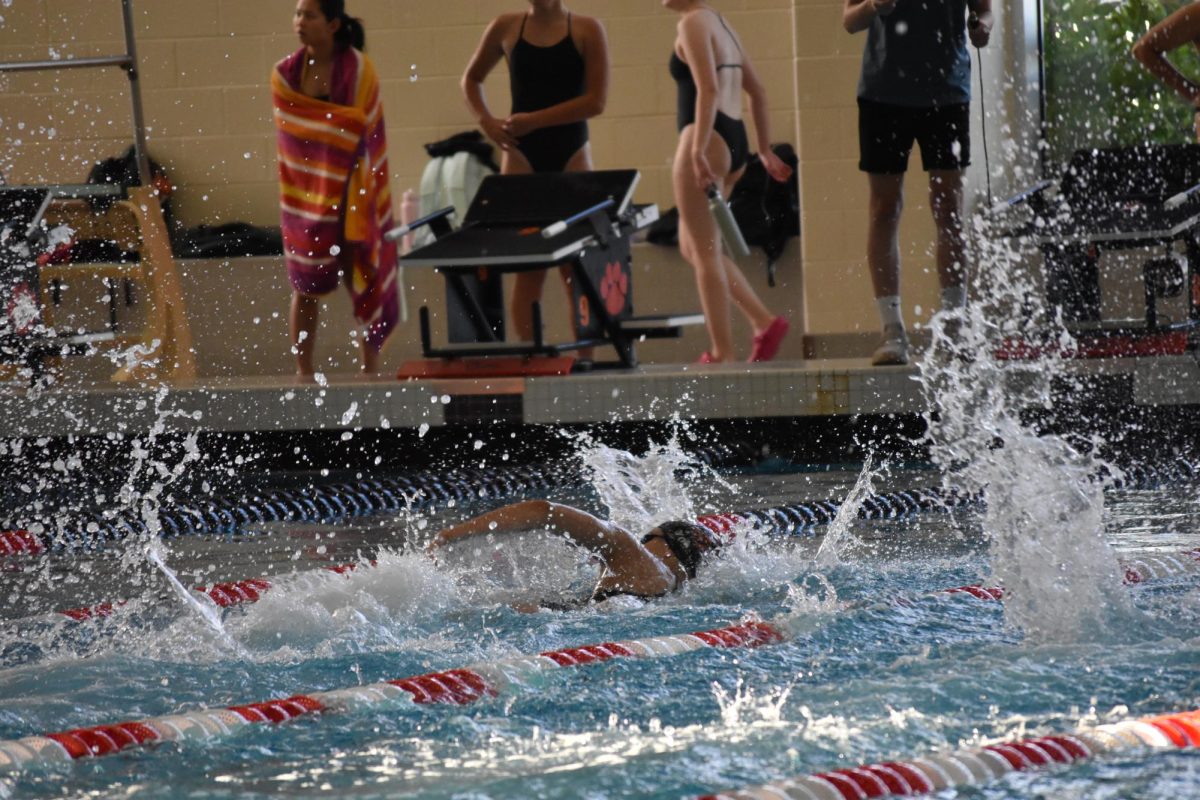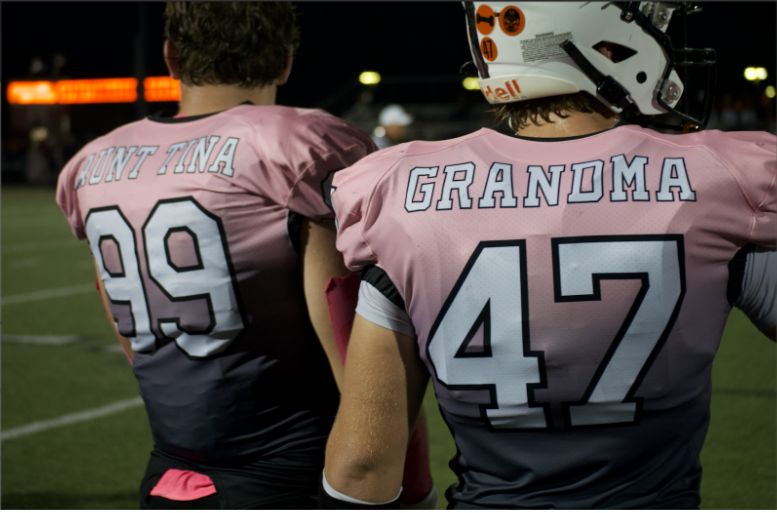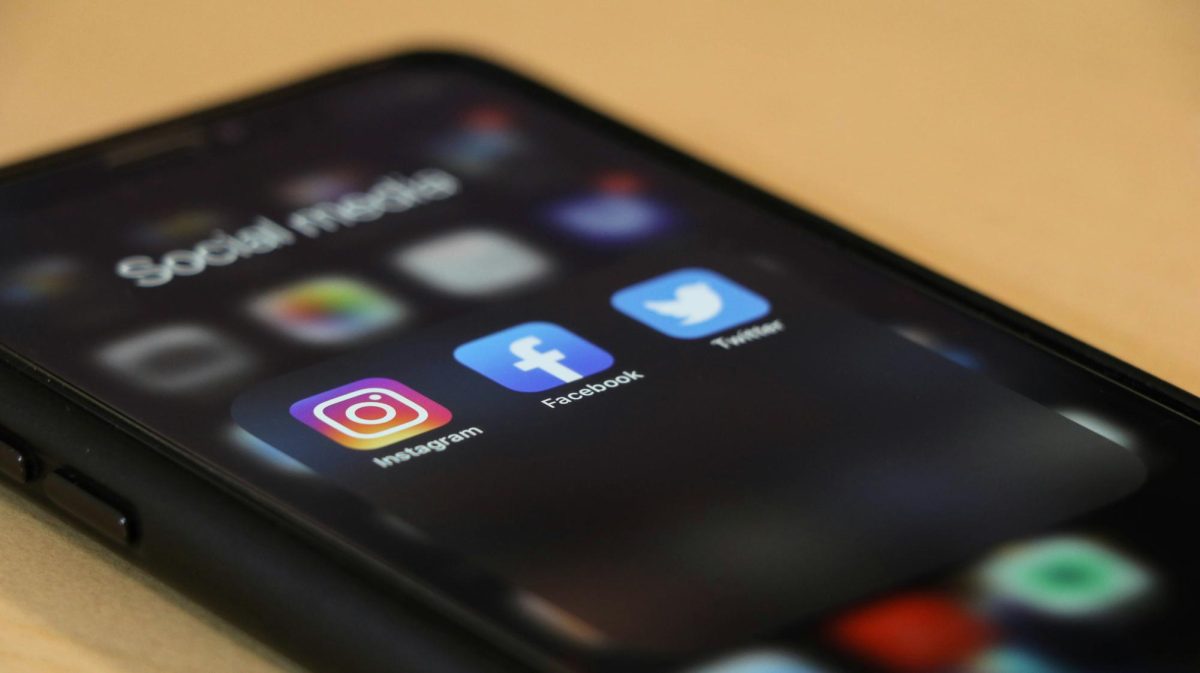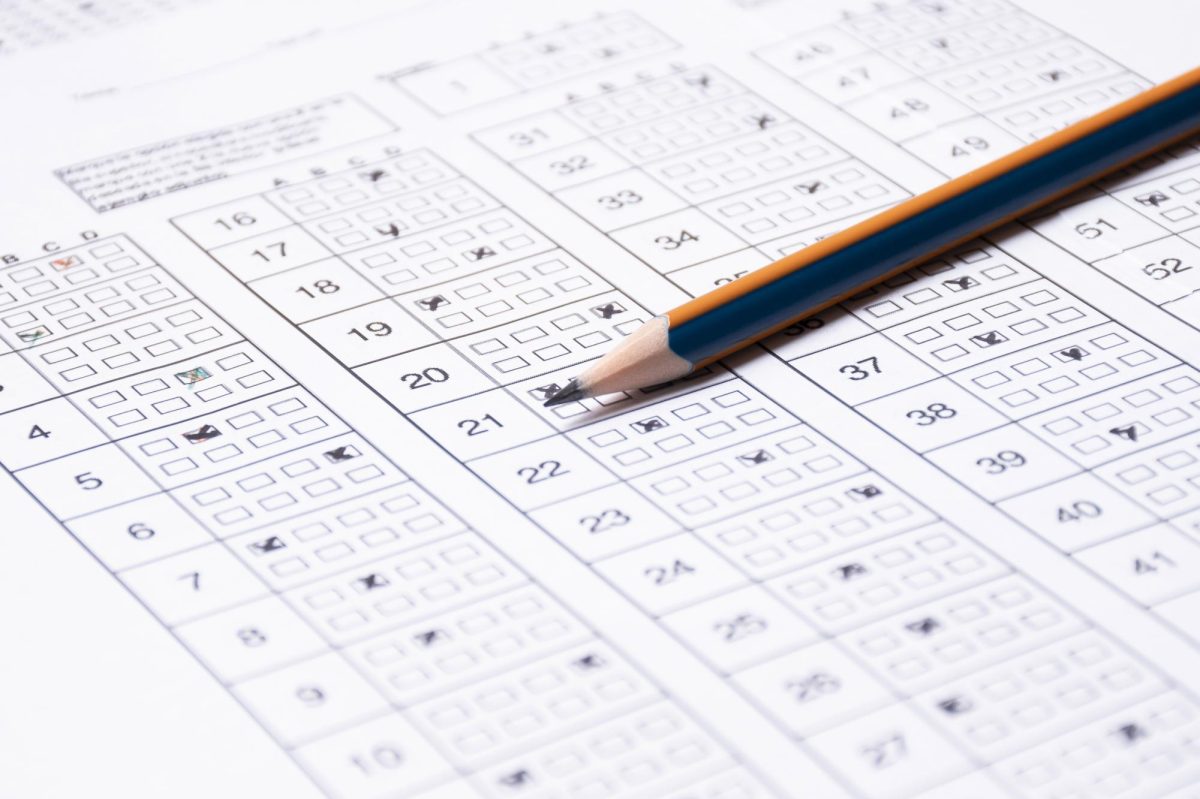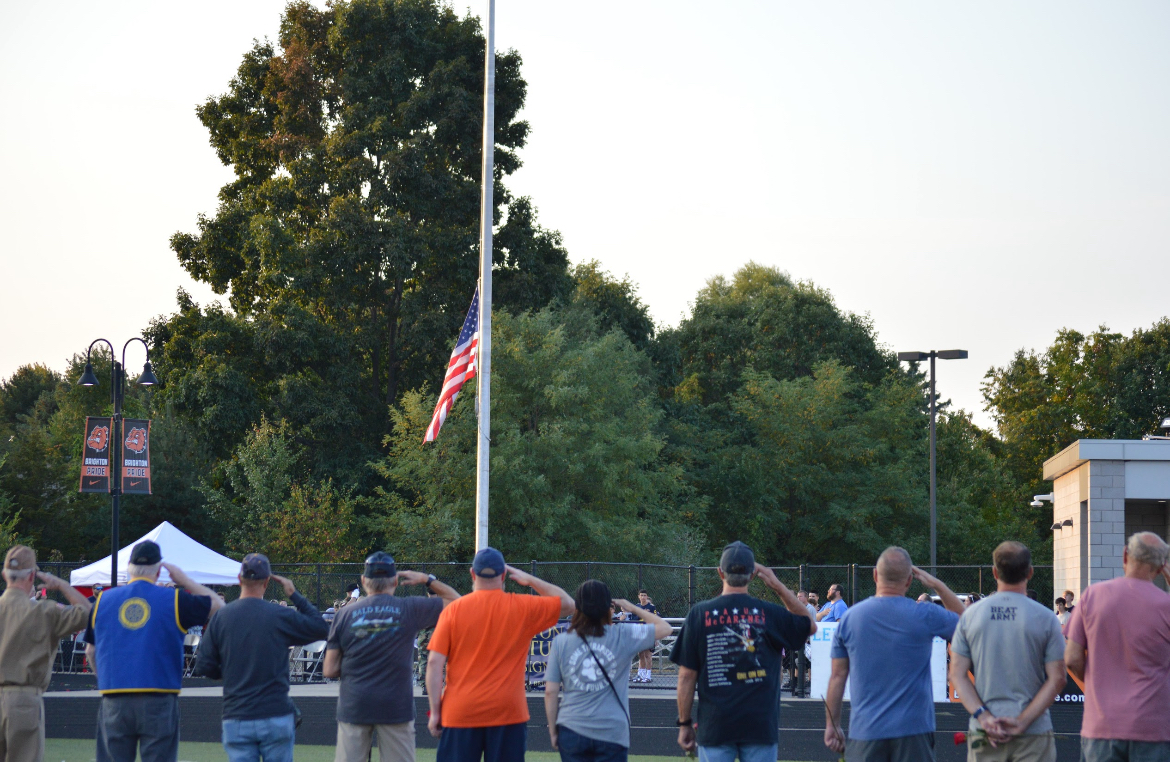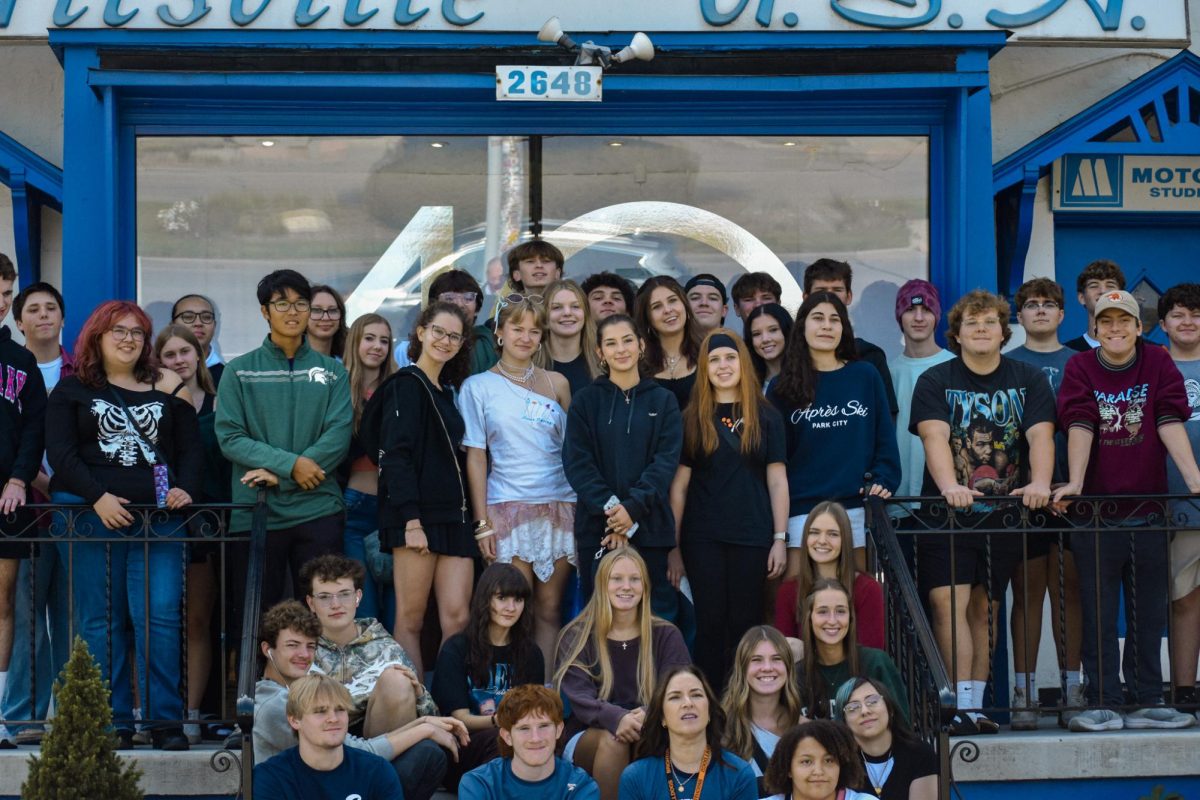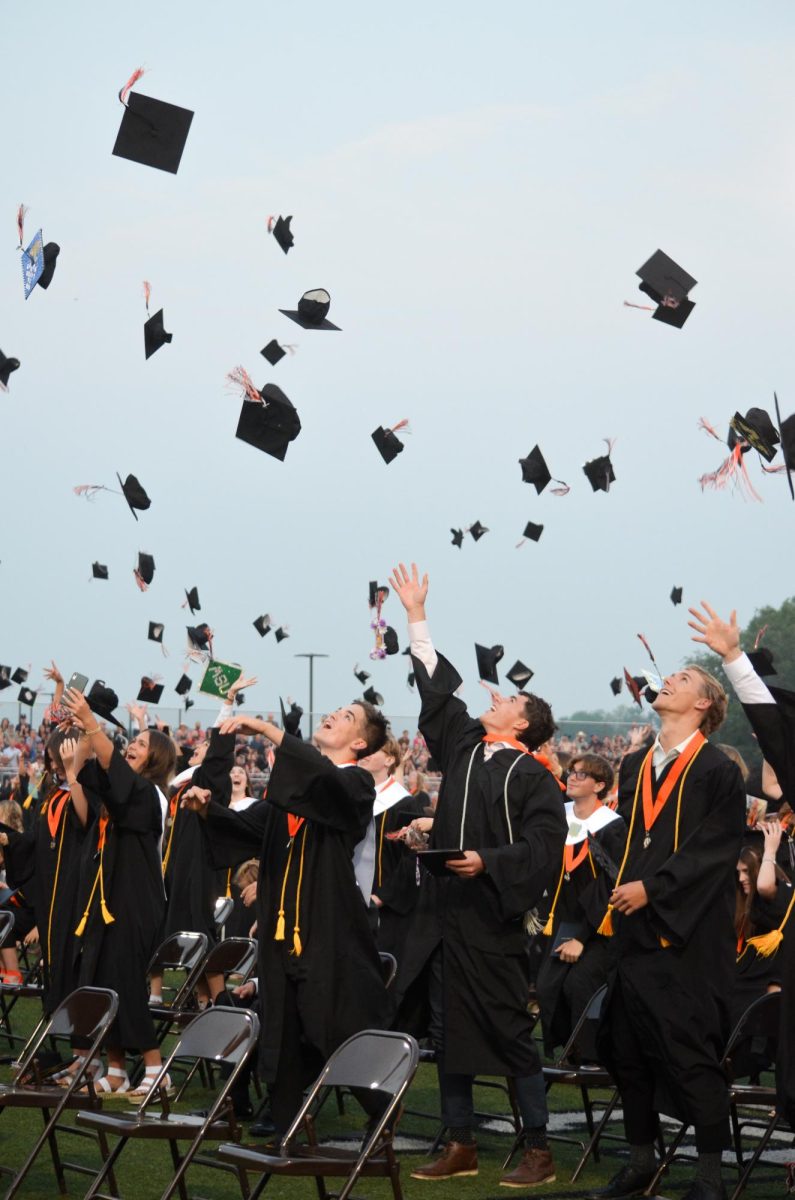Dances to popular songs. “Get ready with me” videos. Tutorials on how to bake a trending dish.
These are all common types of videos found on social media platforms like TikTok and Instagram. Beyond their lighthearted and sometimes informative content, though, these platforms also harbor a darker side—a side that has grown increasingly attractive to teenagers.
For the past several years, critics have been quick to focus on social media’s psychological impacts. However, the ramifications inflicted by these platforms have increasingly become physical—especially when the damage in question involves the classroom. Destructive TikTok trends such as the “bathroom trend,” which encouraged students to destroy and steal items from school bathrooms, have garnered concern and scrutiny from educators.
“A couple years ago, we had students that were taking the soap dispensers and hand sanitizers off the walls. You know, we’ve had students that are throwing food in the bathroom for no reason other than because they think it’s funny and disruptive,” said Brighton High School head principal Matt Evans.
More recently, the “Chromebook challenge” has gained traction on TikTok. In videos circulating on social media, students share their efforts to short-circuit computers by inserting small objects like paper clips and pencil lead into their USB ports, often producing smoke or even fire. High schools across the country have reported incidents in line with the challenge, often resulting in repercussions for the students involved.
While Evans said that he has yet to witness any such incidents at BHS, he has heard students “joking around about it and pretending like they’re going to do some of these things.”
“We have heard that it’s happened in other buildings,” Evans added. “We’ve heard that it’s happening in neighboring districts and different things like that, and [it] has obviously not panned out well for the students involved.”
When it comes to punishments for destructive challenges like these, Evans said that it typically depends on the outcome. While students often face financial restitution or suspension, depending on the situation, the consequences could “even be bigger than that.”
“I mean, from some of the things that we’re hearing, as students are short-circuiting some of these Chromebooks, the Chromebooks can actually catch fire, or they’ll smoke and kind of release this potentially dangerous smoke into the environment—you know, the classroom environment that could be harmful to the students that are in the classroom,” Evans said.
According to Officer Kristi Bell, BHS’s police officer who handles many disciplinary situations, these consequences can include criminal charges.
“I mean, think about how much a Chromebook is…500 to 1,000 dollars worth of damage to property that is not yours is malicious destruction of property, and that is a criminal offense that you could go to jail for or have to pay for that new Chromebook,” Bell said. “I mean, jail time for a Chromebook? It’s not worth it.”
Despite the potential consequences, though, many students continue to engage in these dangerous and disruptive trends. According to BHS social worker Jennifer Harper, teenagers’ tendency to be drawn to destructive behaviors, especially those disseminated on a widespread scale like on social media, can in part be attributed to their psychology.
“Teenage brains are different from adult brains…Teenagers are more prone to risk-taking behaviors because the part of the brain responsible for decision-making isn’t fully developed until their twenties. Meanwhile, the reward system in the teenage brain develops more quickly, creating a gap where teens may act impulsively without fully considering the consequences of their actions,” Harper said. “Additionally, teenagers have a strong developmental drive to belong, and participating in these activities can help some feel included and gain attention.”
While adolescents have long had a reputation for acting rebelliously, Harper said that social media has “amplified these behaviors,” a notion that Evans agrees with.
“Before, it was like something would happen and somebody saw it, and then, you know—word of mouth—they would tell somebody else, but now when I post something on social media, in half an hour, it has a thousand views. Like, it just changes the game a little bit,” Evans said.
Because of the way that social media has facilitated the participation in and spread of these trends, Evans said that he wants to emphasize a “think first, act second” mentality.
“We’re really just encouraging students to stop and think about what they’re doing. Some of these things…sound crazy, but it’s clearly something that’s happening,” Evans said. “Most of the time when, like, a prank or a joke or some of these things go bad, it’s because the students weren’t fully thinking it out in advance, and they weren’t intending to be as harmful or as dangerous as they were, but unfortunately, we can’t go back in time when somebody’s been hurt or there’s been a major negative impact.”

